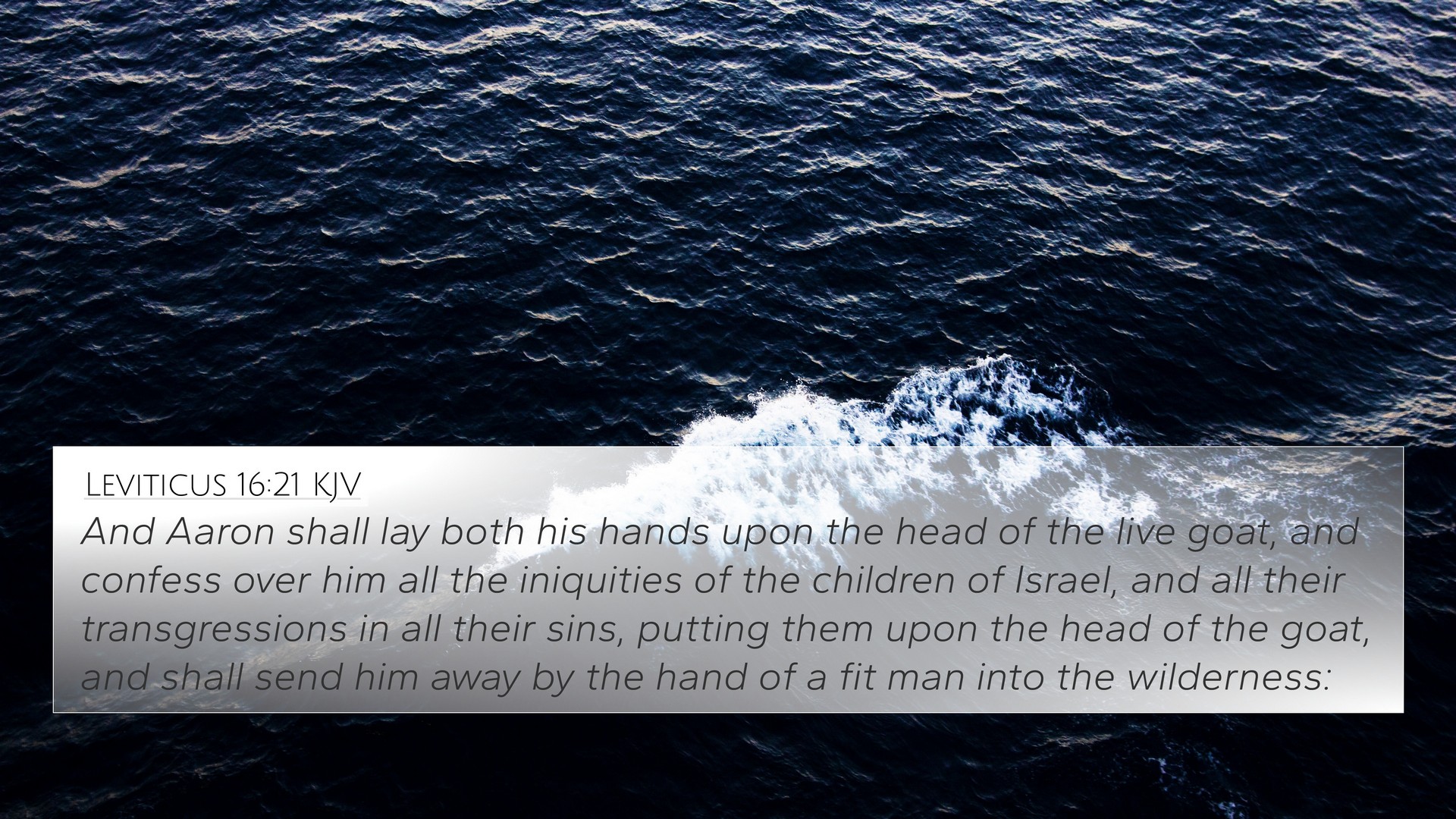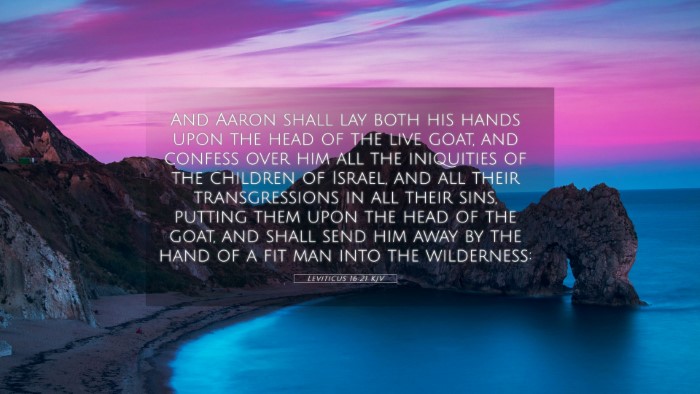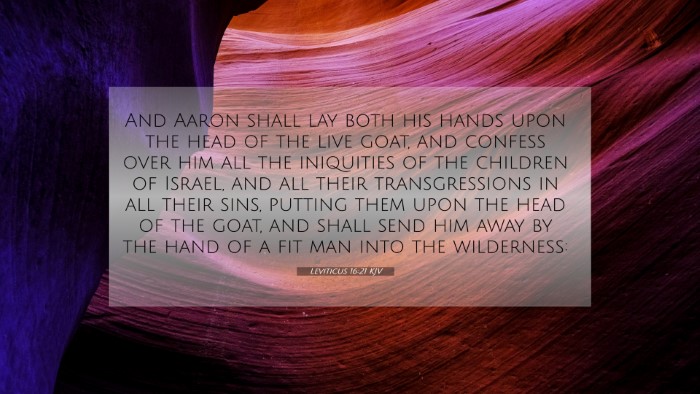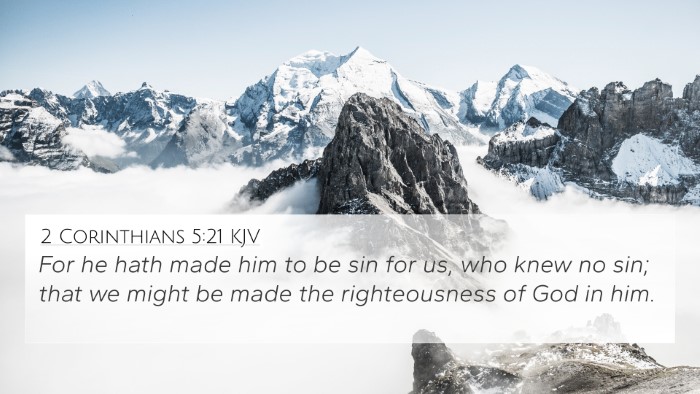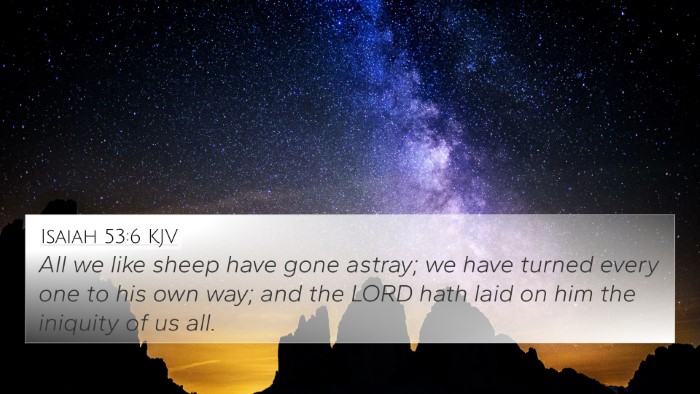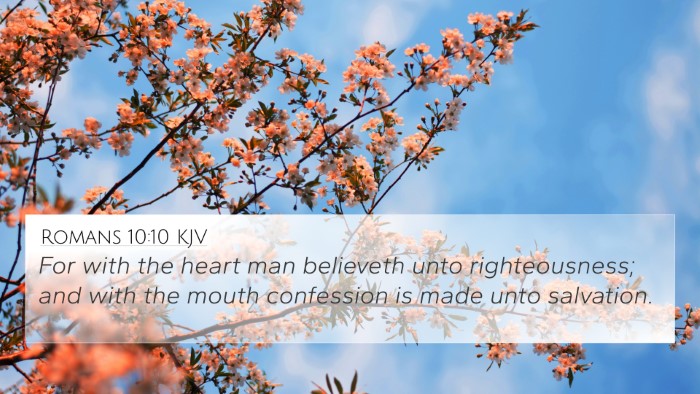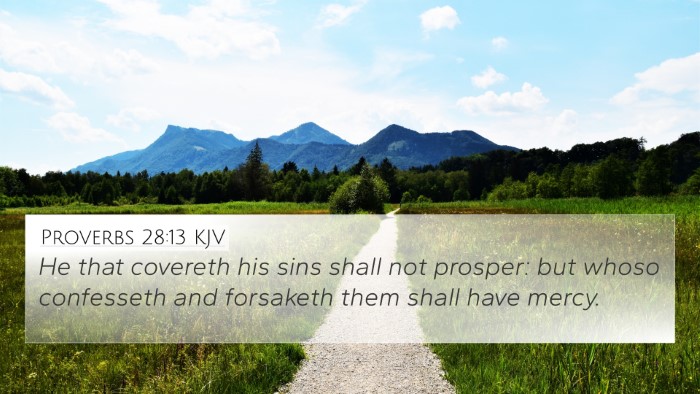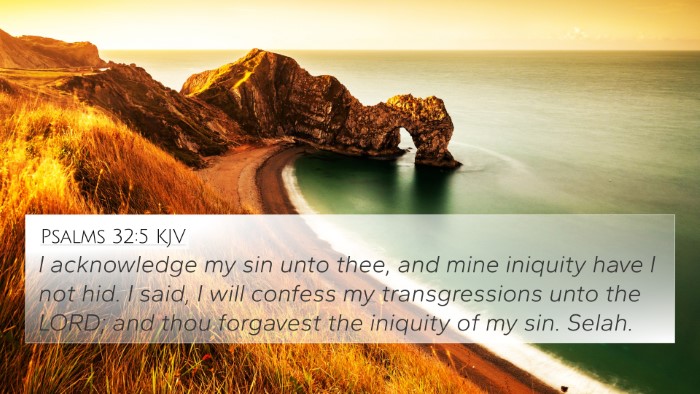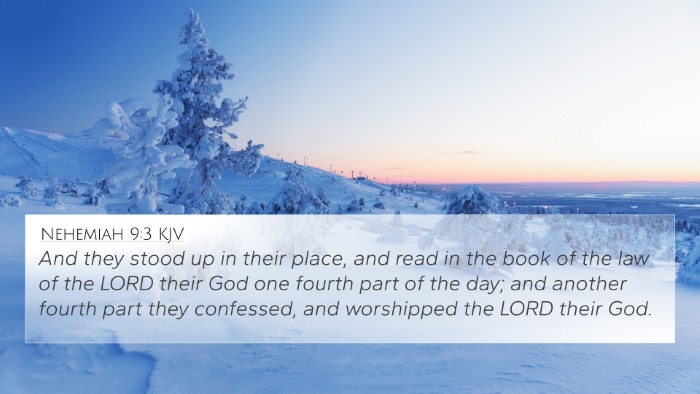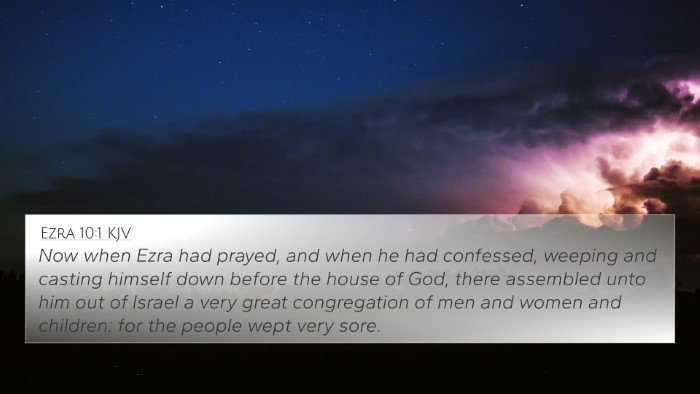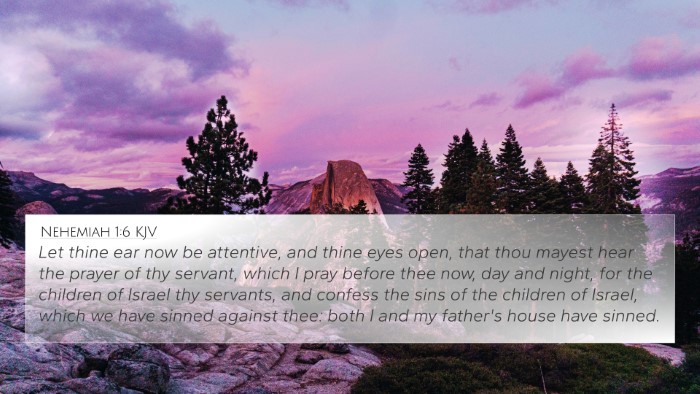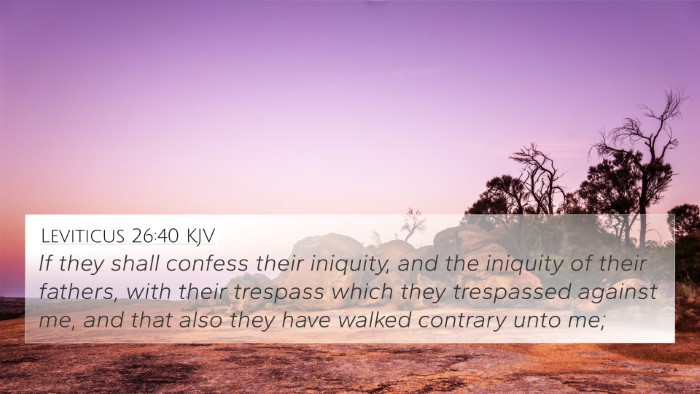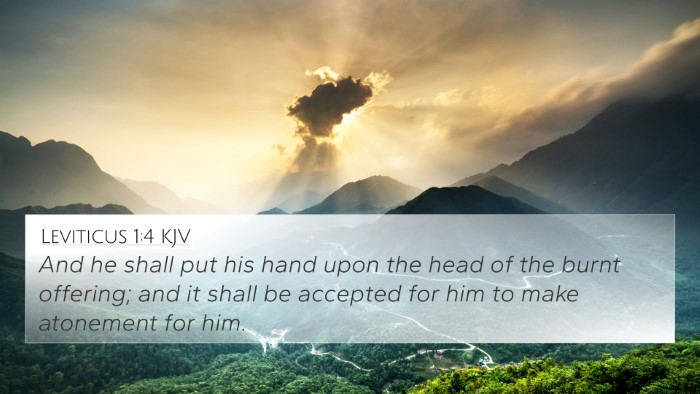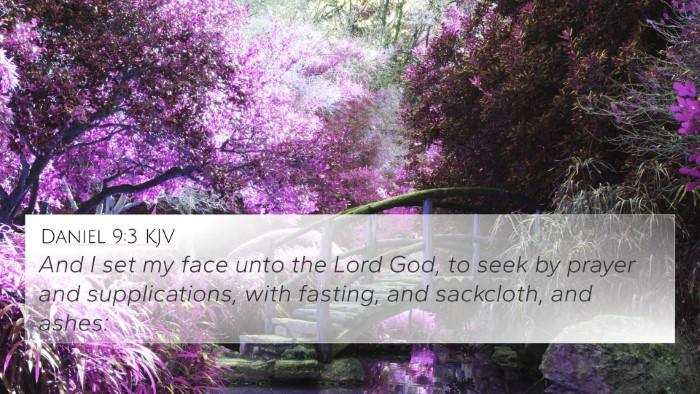Understanding Leviticus 16:21
The verse Leviticus 16:21 describes a pivotal moment in the Day of Atonement rituals, where the high priest symbolically transfers the sins of the people onto a scapegoat. This act of laying hands conveys a deep theological meaning of sin transfer, atonement, and purification, crucial to the Israelite understanding of their relationship with God.
Verse Text
Leviticus 16:21: "And Aaron shall lay both his hands upon the head of the live goat, and confess over him all the iniquities of the children of Israel, and all their transgressions in all their sins, putting them upon the head of the goat, and shall send him away by the hand of a fit man into the wilderness."
Significance of the Scapegoat
In this passage, the 'scapegoat' serves as a vivid representation of forgiveness and the removal of sin from the community. It symbolizes how God, in His mercy, removes the transgressions of His people and provides a means for atonement.
Commentary Insights
-
Matthew Henry:
Henry emphasizes the importance of the symbolic act of transferring sins to the goat, showing God's design for atonement. He reflects on the sin-bearer role of the goat, which offers a glimpse into the redemptive work of Christ.
-
Albert Barnes:
Barnes notes that this ritual illustrates God's justice and mercy, pointing out that the confessions made by the high priest signify the communal responsibility of sin and the need for collective atonement.
-
Adam Clarke:
Clarke expands on the significance of the wilderness as a place of separation from the community, stressing that the complete removal of sin is vital for communion with God. This act foreshadows the ultimate sacrifice of Christ.
Bible Verse Cross-References
Leviticus 16:21 can be understood more profoundly when cross-referenced with other relevant scriptural passages. Here are some significant connections:
- Isaiah 53:6 - "All we like sheep have gone astray; we have turned everyone to his own way; and the Lord hath laid on him the iniquity of us all."
- Hebrews 9:28 - "So Christ was once offered to bear the sins of many; and unto them that look for him shall he appear the second time without sin unto salvation."
- 1 Peter 2:24 - "Who his own self bare our sins in his own body on the tree, that we, being dead to sins, should live unto righteousness: by whose stripes ye were healed."
- Matthew 27:46 - "And about the ninth hour Jesus cried with a loud voice, saying, Eli, Eli, lama sabachthani?" indicating the burden of sin He bore.
- Romans 4:25 - "Who was delivered for our offences, and was raised again for our justification."
- 2 Corinthians 5:21 - "For he hath made him to be sin for us, who knew no sin; that we might be made the righteousness of God in him."
- John 1:29 - "Behold the Lamb of God, which taketh away the sin of the world."
Thematic Connections
This verse serves as a cornerstone in understanding several themes present throughout Scripture, including:
- Atonement: Linking the Old Testament sacrificial system to the New Testament fulfillment in Christ.
- Sacrifice: Understanding how the sacrifice of Jesus parallels the sacrificial system established in Leviticus.
- Sin and Forgiveness: The importance of confession and acknowledgment of sin in both Testaments.
Tools for Bible Cross-Referencing
To further explore these connections, utilizing tools such as Bible concordances and cross-reference guides can enhance one’s study and understanding. These resources help in identifying connections between Bible verses, facilitating a deeper comprehension of the scriptural narrative.
Conclusion
Leviticus 16:21 is not just an isolated verse but part of a grand theological framework that calls for recognition of sin, the need for atonement, and the promise of redemption fulfilled in Christ. Through this understanding, believers can appreciate the depth and richness of God's redemptive plan as it unfolds throughout Scripture.
